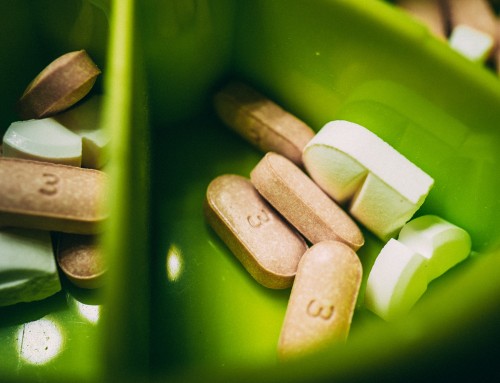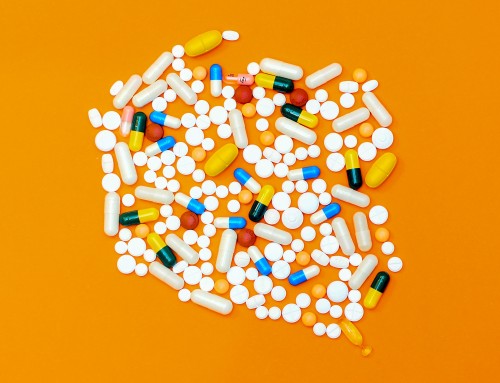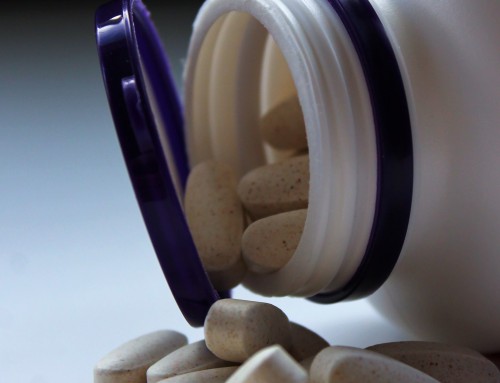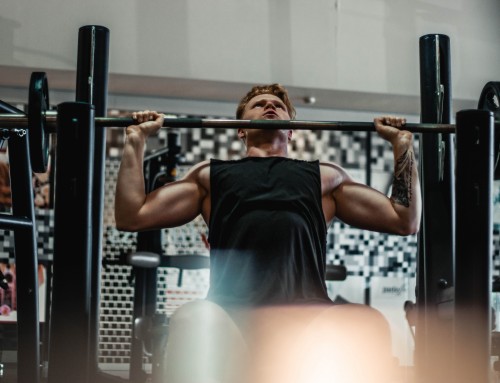Key points –
Majority of creatine found in skeletal muscle
Follow the protocol when using creatine
Load phase – 20g for 7 days
Maintenance phase – 3g for 14 days
Washout phase – 7 days
Take with carbohydrates (can of coke) to avoid you not responding
Creatine has been documented as a performance enhancer since the early 1990’s (1). Since then it has been a part of the majority of athletes diets who are involved in short term high intensity sports or actions. This article will aim to understand how this substance improves sporting performance and in what sports it provides a benefit.
Creatine within the body
The majority of creatine is found within the skeletal muscle. When exercising, skeletal muscle experiences phosphorylation that is fast and reversible. One mechanism that has been suggested for why the majority of creatine can be found in skeletal muscle is that creatine is transported by a sodium specific dependant entry process. Another theory is thought that the creatine is trapped into the muscle. This is due to skeletal muscles not being able to show a saturable uptake process with the majority of muscle total creatine being composed of phosphocreatine it is not possible to pass through membranes because of their polarity which in turn traps the creatine.
Creatine with HIIT training
Whole body performance can improve, however no effects were observed on the production of lactate and hydrogen ions, but a lower plasma accumulation was observed which suggested an elevated effect on muscle on muscle ATP turnover. An earlier study by Balsom et al. (2) found an enhanced resistance to fatigue associated with greater PCr and lower accumulation of hydrogen ions.
Creatine Loading Protocol
Given the role that creatine plays in maximal short duration exercise, much research has investigated the possibility of supplementing endogenous stores. The common protocol for creatine loading is to ingest 20-30g/day for 5-7days, (3). The first test to observe the effects of creatine loading was Harris et al. (4), in this study they looked at different levels of creatine supplementation, it was found that 1g had little or no effect on creatine concentration in the muscles; however ingestion of ~20g of creatine resulted in a significant increase in skeletal muscle creatine. It was also observed that muscle uptake to be at its greatest in the first 2 days of supplementation. Casey et al. (5) reported an increase of muscle TCr, (18%) and PCr, (10%) when loading creatine of 20g/5days
Responders Vs. Non – responders
Greenhaff et al. (6) stated that people who are non-responders are those who show less than 10 mmol/kg/dm increase in skeletal muscle TCr following a loading protocol of 5 X 20g/day. A reason why this might be the case would be that participants may already have a large amount of TCr in the muscle before the loading phase, and so to increase the amount of creatine to a subject with such a high level of creatine would be irrelevant as participants cannot retain any more.
The theory of whether there are responders or non-responders has been questioned however. Green et al. (7) looked at participants who consumed a high amount of carbohydrate (90g) with creatine (5g) compared to a creatine only group, (5g/day) and found that much larger increases in TCr in participants who consumed creatine with carbohydrates.
References
1 – Ekblom, B. (1996). Effects of creatine supplementation on performance. American Journal of Sports Medicine. 24(6), 38-39
2 – Balsom, P. D., Ekblom, B., Soderlund, K., Sjodin, B. & Hultman, E. (1993). Creatine supplementation and dynamic high-intensity intermittent exercise. Scandinavian Journal of Medicine and Science in Sports. 3(3), 143-149.
3 – Greenhaff, P.L., Bodin, K., Soderlund, K., Hultrnan, E. (1994). The influence of oral creatine supplementation on muscle phosphocreatine resynthesis following intense contraction in man. American Journal of Physiology, 266(5), 725-730.
4 – Harris, R. C., Soderlund, K. & Hultman, E. (1992). Elevation of creatine in resting and exercised muscle of normal subjects by creatine supplementation. Clinical Science. 83(3), 367-374.
5 – Casey, A., Constantin – Teodosiu, D., Howell, S., Hultman, E., & Greenhaff, P. L,. (1996). Creatine ingestion favourably affects performance and muscle metabolism during maximal exercise in humans. American Journal of Physiology. 271(1), 31-37.
6 – Greenhaff, P. L., Casey, A. & Green, A. (1996) Creatine Supplementation Revisited: An Update. Insider. 4 (3), 1-2.
7 – Green, A. L., Hultman, E., Macdonald, I. A., Sewell, D. A., & Greenhaff, P. L. (1996). Carbohydrate ingestion augments skeletal muscle creatine accumulation during creatine supplementation in humans. American Journal of Physiology-Endocrinology And Metabolism, 271(5), 821-826.




